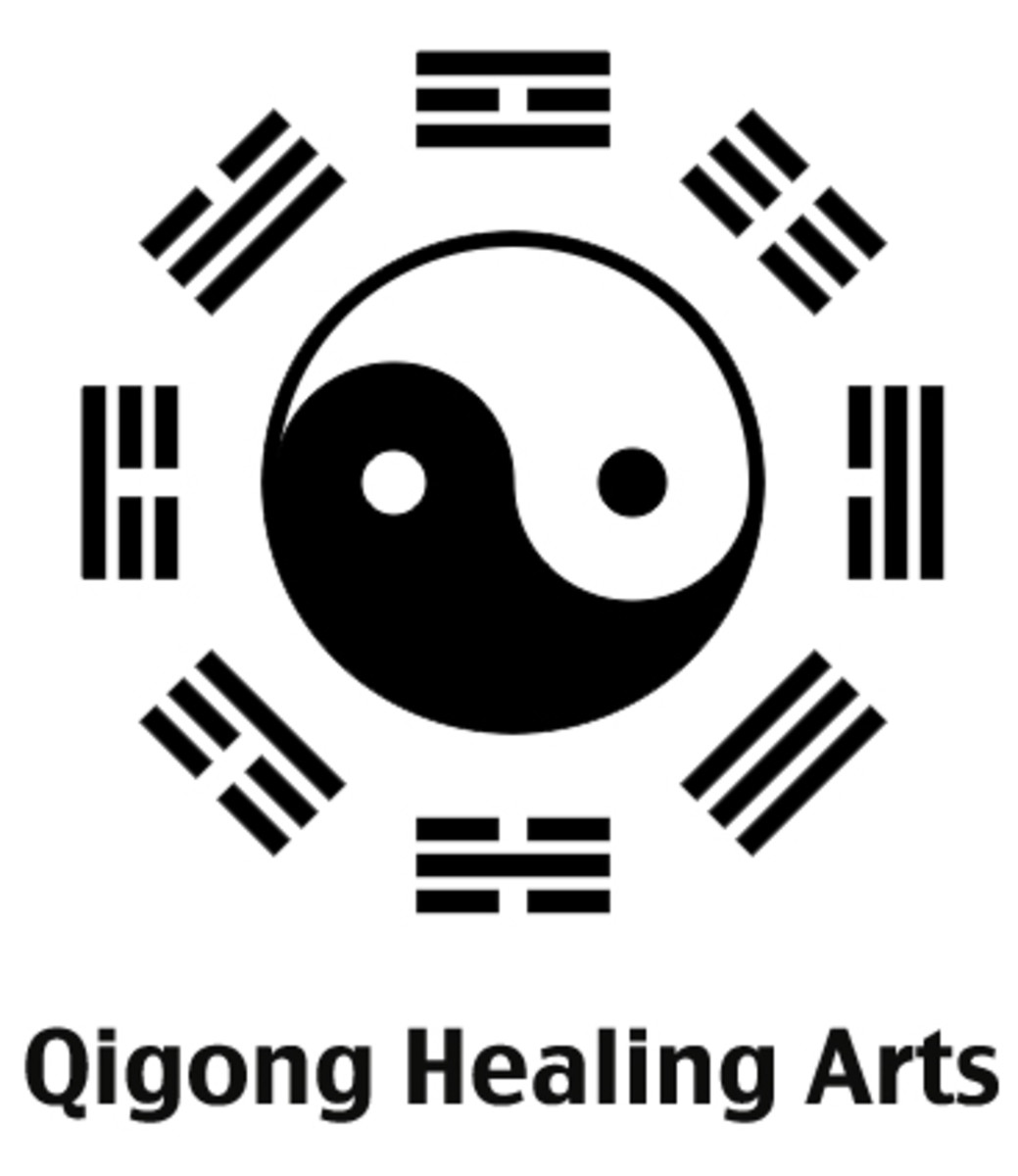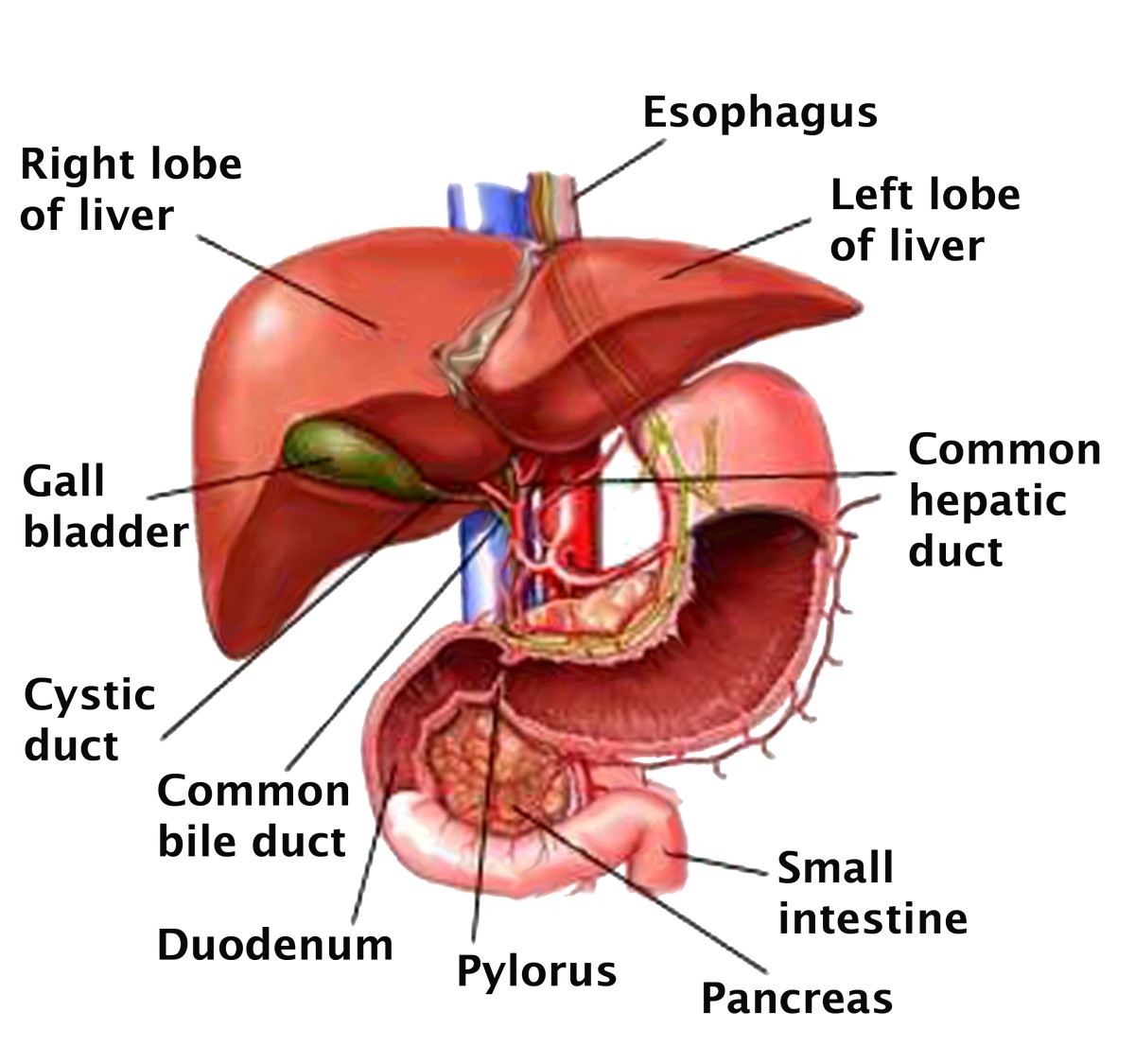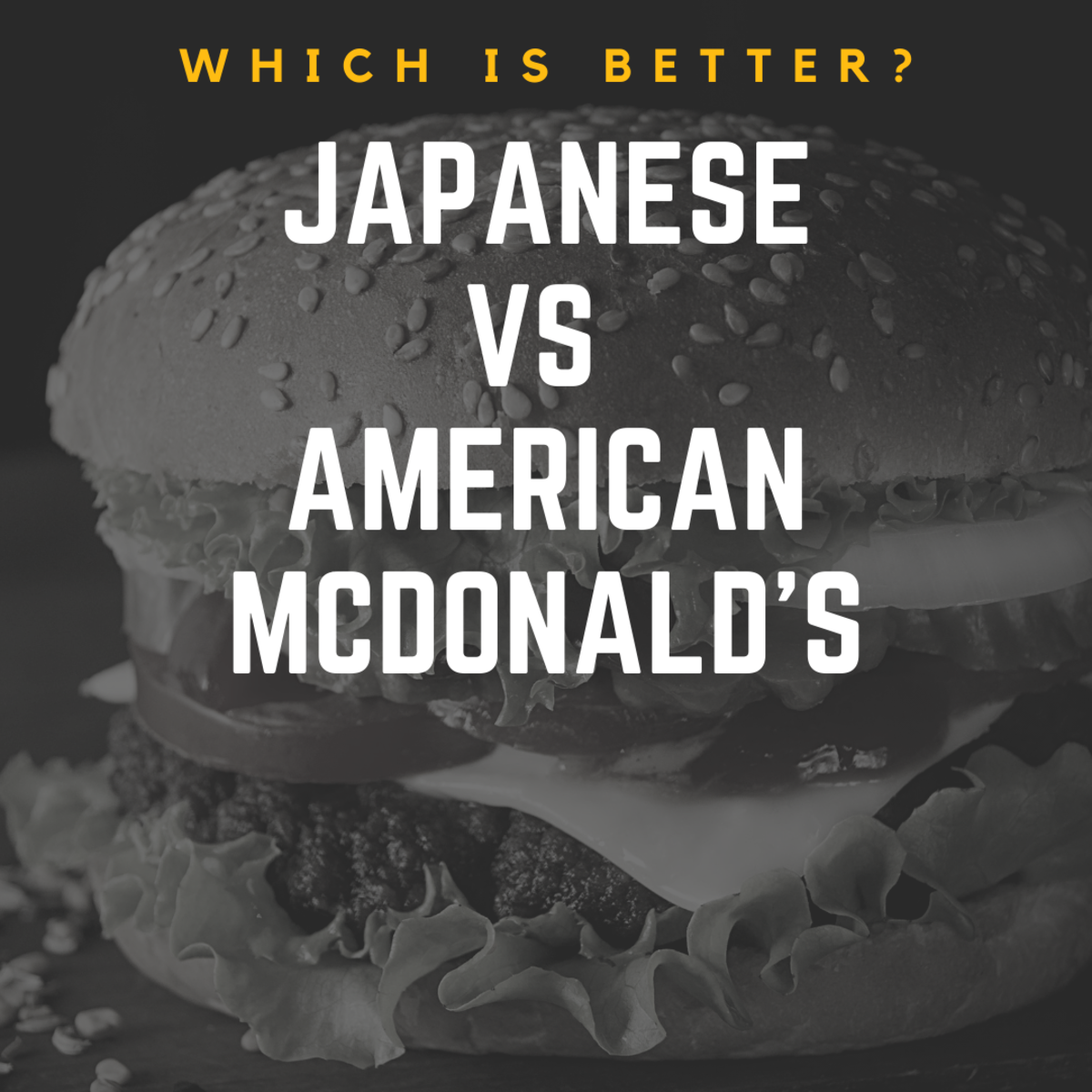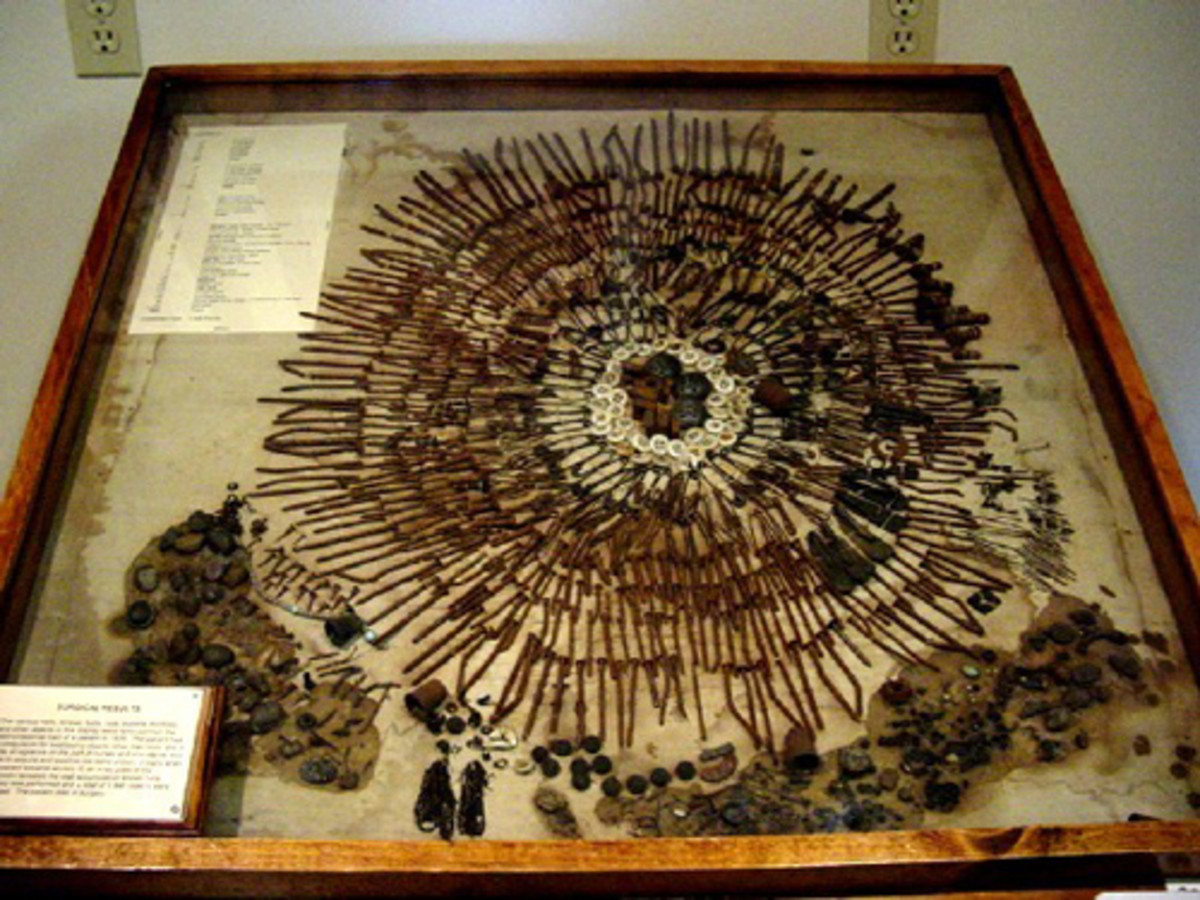Perception of Health in Japan
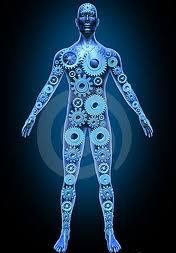
Here in the U.S. and across the Western world, we tend to view illness as either the result of a germ or pathogen or the defective process of a specific organ or body part. In Japan, however, health and illness are often seen as a whole-body process, no matter what the current ailment may be. In Japan, health is a condition of the mind, and health is its natural state. As a result, illness is often treated differently in Japan than in the U.S., although Western medicine is one the available options.
Causes of Illness
-
Germs
The Japanese are very aware of modern medicine and the role that germs play in illness. While germs can cause illness, the Japanese believe that some people are more prone to the ill effects of germs based on their own body’s imbalances. The ability to ward off the harmful effects of germs is thought to be under one’s own control. Many factors can weaken the body’s resistance against germs, including climate, food additives, anger, worry, bad thoughts, insincerity, stress, age, unhealthy environment, and even supernatural spirits.

-
Outside versus Inside
Japanese people are aware of “outside” versus “inside”; outside is considered dirty and unclean while inside is clean and sanitary. In the book Illness and Culture in Contemporary Japan: An Anthropological View, Ohnuki-Tierney delineates the various ways this idea translates into everyday Japanese culture. Special care is taken to avoid letting dirt “outside” get “inside” the body, especially by way of the hands, face, and throat. Oftentimes, Japanese will wear a surgical mask when they go outside, particularly if it’s winter or if they have a cold to prevent breathing in germs from the “dirty” outside. Japanese rarely eat with their fingers, especially after touching money, because they know that hands transfer dirt from the outside to the inside. Chopsticks are used to transfer food. Many Japanese have a problem eating sandwiches in American cafeterias because of this belief. Many Japanese who work in public, such as train conductors, taxi drivers, store greeters, bank and hotel door attendants, and bus drivers often wear white gloves. The gloves help keep the hands clean, as well as providing a clean, sanitary appearance to customers and clients.
-
Kaze and Imbalance
Kaze means “wind” in Japanese and refers to any external air that has movement. It also is the broad name assigned to a category of respiratory diseases such as the common cold, the flu, scarlet fever, or strep throat. In this regard, kaze refers to the chilling effect of wind, rain, and other climactic conditions that can cause bodily imbalances. It also refers to internal imbalances caused by external factors, such as eating ice cream, drinking cold drinks, etc. In order to guard against climactic conditions that might cause imbalance, people who work outside are often heavily clothed, even in summer. They often wear a wool sash over their stomachs, a hat on their head, and gloves on their hands. Since introducing cold items into your body can bring imbalance, such as drinking cold drinks, most Japanese prefer to drink hot tea, even during the hot summer.
-
Emotions and Thoughts
In Japan, negative emotions and thoughts are thought to cause imbalance in the body, making one more susceptilble to disease. You often hear Japanese people saying things like "She died from overwork", "He died from worry", or "She suffers from anger". Thoughts and emotions can manifest themselves into physical maladies, so balance is paramount to preventing illness.
-
Spirits
The belief in spirits is common in Japan, and illness or accidents are often thought to be caused by supernatural spirits. Spirits are not good or bad, they just act a certain way based on the treatment they receive. Misfortunes may come about because of one’s actions, or it may be a way that the spirits are expressing their distress to humans.

Dealing with Illness
-
Kampo, or Traditional Japanese Medicine
Japanese students originally brought traditional Chinese medicine to Japan from China in the 6th and 7th century A.D. Originally reserved for the royal family, it remained relatively unchanged until the 15th century when it became widespread among the common people. At that time, it was modified to adapt to the Japanese climate and culture. It relies heavily on herbal treatments that are standardized. Some prescriptions may contain 100 or more ingredients – all measured and portioned in exact amounts. Diagnosis in kampo is based on the pattern in which symptoms manifest themselves, known as shou. Kampo practitioners examine a patient through 4 modalities: (1) visually examining the patient’s face, nails, and tongue for abnormalities, (2) examining by the doctor’s sense of smell and hearing, (3) questioning the patient about his or her emotional state and physical sensations, and (4) examining the pulse and abdominal palpation.
-
Western Medicine
In 1869, the Meiji government decided that Japanese medicine was to be modeled after German medicine, and Western medical practices were thus introduced into Japan. After World War II, the United States greatly influenced Japanese healthcare. Japan today has a national system of healthcare that covers every citizen fairly equally. The standard of care is fairly equal to that available in the U.S. and Britain, but Japan still places emphasis on healing the whole body instead of just isolated symptoms. Hospital stays in Japan can last for months at a time because the patient may need time to get in balance emotionally, mentally, and physically.
-
Acupuncture
Acupuncture has been practiced in Japan since the 6th century, and it is still practiced today. Since illness is seen as an imbalance between the strain of internal and external stress, acupuncture seeks to “cure” disease by correcting the body’s balance. The acupuncturist decides the kind and size of needle to be used and the depth and direction of insertion. The Japanese version of acupuncture is characterized by thinner needles, more palpating the abdomen by the practitioner, and burning mugwort cones on the patient (only until the patient starts to feel heat!) as opposed to the Chinese cupping method.
What is Reiki
-
Reiki
Reiki is a relatively new treatment. It’s founder, Usui Sensei, founded the first institute to teach Reiki in Japan in 1922. Reiki masters perform a sort of “laying on of hands” to boost a person’s life force energy, encourage relaxation and reduce stress, and relieve pain.
While Western medicine focuses on individual symptoms or disease processes, Japanese perceive health to be like a garden, and the person is the garden's attendant. Instead of focusing on the symptoms, Japanese tend to focus on putting the body back in balance so that it can heal itself, which is its natural state.


